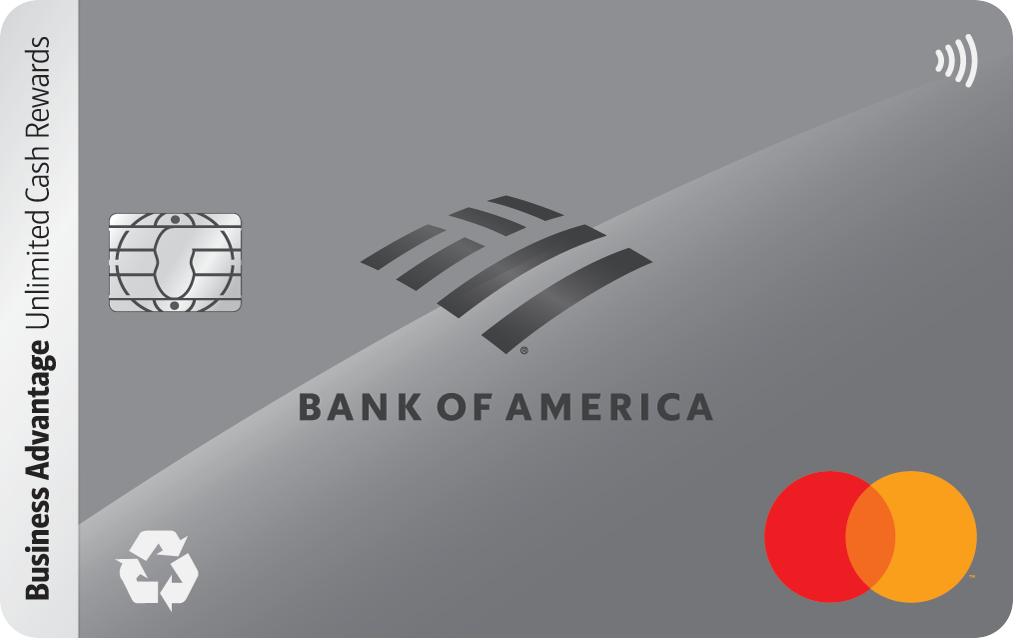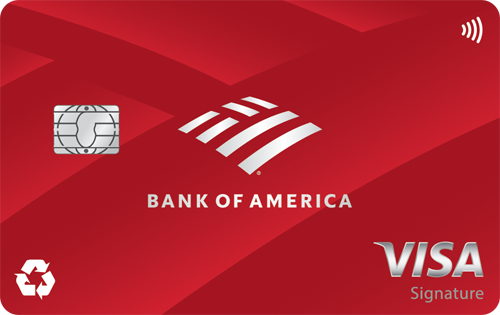Today's Best High-Yield Savings Account Rates for August 9, 2025 -- Earn Up to 5.00% APY
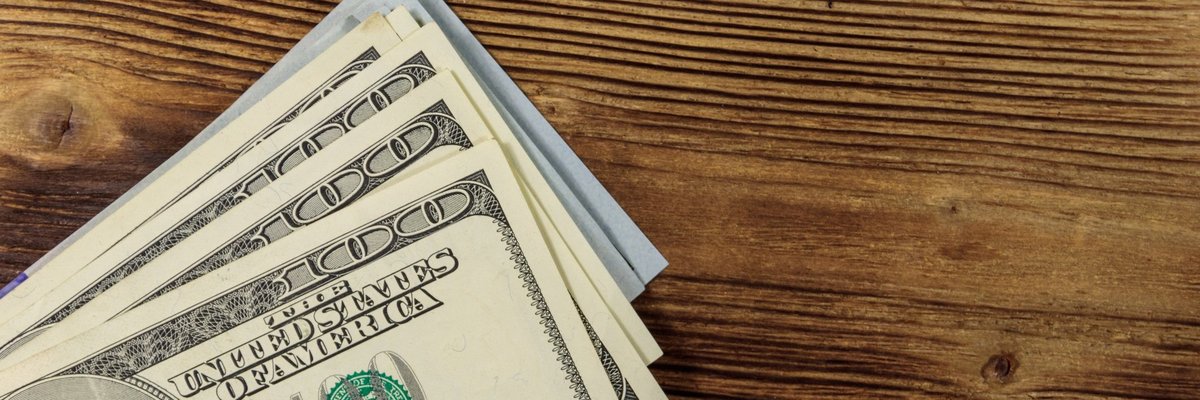
Image source: Getty Images
Rates are still high, and that's great news if you're saving. Many high-yield savings accounts are paying 4.00% APY or more -- and that's with the Fed keeping interest rates steady all year.
HYSAs work just like regular savings accounts. Your money stays safe, you can take it out anytime, and it's FDIC insured. The big difference? You earn a lot more in interest.
Rates might drop later this year, so now's a good time to lock in one of these top offers. If you haven't opened an HYSA yet, you're not too late.
Here are some of the best high-yield savings account rates available today.
- Varo Savings -- up to 5.00% APY (Max APY on up to $5,000, 2.50% APY after)
- Pibank Savings -- 4.60% APY (No min. balance)
- Elevault -- 4.60% APY (No min. balance. Balances over $250,000 do not earn interest)
- Presidential Bank Advantage Savings -- 4.50% APY ($5,000 min. to open, terms apply)
- Axos ONE® -- up to 4.31% APY (Min. balance: $1,500)
Data source: Issuing banks. Rates are accurate as of August 8, 2025.
Featured pick: The Barclays Tiered Savings account stands out with a 3.85% APY and no minimum balance required to earn interest. It's one of the few top-tier rates still widely available -- and with no account fees, it's a smart move while rates remain high. Read our full Barclays Tiered Savings review to learn more and open an account today.
Our Picks for the Best High-Yield Savings Accounts of 2025
| Account | APY | Bonus | Next Steps |
|---|---|---|---|
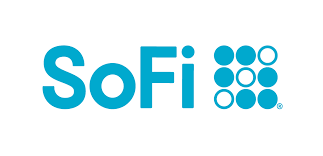
Open Account for SoFi Checking and Savings
On SoFi's Secure Website.
4.90/5
Our ratings are based on a 5 star scale.
5 stars equals Best.
4 stars equals Excellent.
3 stars equals Good.
2 stars equals Fair.
1 star equals Poor.
We want your money to work harder for you. Which is why our ratings are biased toward offers that deliver versatility while cutting out-of-pocket costs.
|
up to 4.00%
Rate info
Earn up to 4.00% Annual Percentage Yield (APY) on SoFi Savings with a 0.70% APY Boost (added to the 3.30% APY as of 12/23/25) for up to 6 months. Open a new SoFi Checking and Savings account and pay the $10 SoFi Plus subscription every 30 days OR receive eligible direct deposits OR qualifying deposits of $5,000 every 31 days by 1/31/26. Rates variable, subject to change. Terms apply at sofi.com/banking#2. SoFi Bank, N.A. Member FDIC.
Min. to earn: $0
|
Earn $50 or $300 and +0.70% Boost on Savings APY with direct deposit. Terms apply.
Earn up to 4.00% Annual Percentage Yield (APY) on SoFi Savings with a 0.70% APY Boost (added to the 3.30% APY as of 12/23/25) for up to 6 months. Open a new SoFi Checking and Savings account and pay the $10 SoFi Plus subscription every 30 days OR receive eligible direct deposits OR qualifying deposits of $5,000 every 31 days by 1/31/26. Rates variable, subject to change. Terms apply at sofi.com/banking#2. SoFi Bank, N.A. Member FDIC. |
Open Account for SoFi Checking and Savings
On SoFi's Secure Website. |
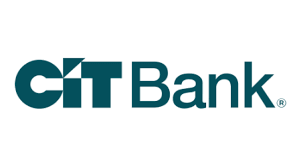
Open Account for CIT Platinum Savings
On CIT's Secure Website.
4.60/5
Our ratings are based on a 5 star scale.
5 stars equals Best.
4 stars equals Excellent.
3 stars equals Good.
2 stars equals Fair.
1 star equals Poor.
We want your money to work harder for you. Which is why our ratings are biased toward offers that deliver versatility while cutting out-of-pocket costs.
|
3.75%
Rate info
3.75% APY for balances of $5,000 or more; otherwise, 0.25% APY
Min. to earn: $5,000
|
Earn a bonus of up to $300 after a one-time deposit of $25,000+
This limited-time offer to qualify for a $225 cash bonus with a minimum deposit of $25,000 or a $300 bonus with a minimum deposit of $50,000 is available to New and Existing Customers who meet the Platinum Savings promotion criteria. The Promotion begins on September 23, 2025, and can end at any time without notice. Customers will receive a $225 or a $300 bonus provided that the program requirements are met. Click here to see promotion details and terms: https://www.cit.com/cit-bank/platinum-savings/PS2025 |
Open Account for CIT Platinum Savings
On CIT's Secure Website. |

Open Account for Western Alliance Bank High-Yield Savings Premier
On Western Alliance Bank's Secure Website.
4.40/5
Our ratings are based on a 5 star scale.
5 stars equals Best.
4 stars equals Excellent.
3 stars equals Good.
2 stars equals Fair.
1 star equals Poor.
We want your money to work harder for you. Which is why our ratings are biased toward offers that deliver versatility while cutting out-of-pocket costs.
|
3.90%
Rate info
The annual percentage yield (APY) is accurate as of December 2, 2025 and subject to change at the Bank’s discretion. Refer to product’s website for latest APY rate. Minimum deposit required to open an account is $500 and a minimum balance of $0.01 is required to earn the advertised APY.
Min. to earn: $500 to open, $0.01 for max APY
|
N/A
|
Open Account for Western Alliance Bank High-Yield Savings Premier
On Western Alliance Bank's Secure Website. |
Platinum Savings is a tiered interest rate account. Interest is paid on the entire account balance based on the interest rate and APY in effect that day for the balance tier associated with the end-of-day account balance. APYs — Annual Percentage Yields are accurate as of November 20, 2025: 0.25% APY on balances of $0.01 to $4,999.99; 3.75% APY on balances of $5,000.00 or more. Interest Rates for the Platinum Savings account are variable and may change at any time without notice. The minimum to open a Platinum Savings account is $100.
Based on comparison to the national average Annual Percentage Yield (APY) on savings accounts as published in the FDIC National Rates and Rate Caps, accurate as of December 15, 2025.
For complete list of account details and fees, see our Personal Account disclosures.
The annual percentage yield (APY) is accurate as of December 2, 2025 and subject to change at the Bank’s discretion. Refer to product’s website for latest APY rate. Minimum deposit required to open an account is $500 and a minimum balance of $0.01 is required to earn the advertised APY.
Accurate as of the time of publication. The national average rate referenced is from the FDIC’s published National Rates and Rate Caps for Savings deposit products, accurate as of December 15, 2025. See the FDIC website for more information.
At Motley Fool Money, we rate savings accounts on a five-star scale, shown in tenths of a point to highlight even small differences between products. Accounts are evaluated across four main criteria:
- APY
- Brand and reputation
- Fees and minimum requirements
- Accessibility and features
Scores may be adjusted to reward limited-time high rates or penalize accounts with excessive fees. Our goal is to highlight accounts that are competitive, easy to use, and backed by trusted institutions. Learn more about how Motley Fool Money rates bank accounts.
At Motley Fool Money, we rate savings accounts on a five-star scale, shown in tenths of a point to highlight even small differences between products. Accounts are evaluated across four main criteria:
- APY
- Brand and reputation
- Fees and minimum requirements
- Accessibility and features
Scores may be adjusted to reward limited-time high rates or penalize accounts with excessive fees. Our goal is to highlight accounts that are competitive, easy to use, and backed by trusted institutions. Learn more about how Motley Fool Money rates bank accounts.
Is now a good time to open a high-yield savings account?
Right now, HYSAs are paying between 4.00% and 5.00% APY. That's enough to help your savings grow faster than inflation -- while many people's cash is quietly losing value in low-rate accounts.
They're also safe and simple. Your money is FDIC-insured up to $250,000, and you can take it out or move it anytime. Most accounts let you link your checking account, so your cash is always within reach.
While it's always smart to stash your savings in an HYSA, now's an especially good time. The Fed held rates steady at its last meeting, but many experts think cuts are coming soon -- and some banks are already trimming APYs in advance. If you wait, you could miss out on today's higher rates.
How to open an HYSA in 3 simple steps
You can open a high-yield savings account in just a few minutes. Here's how:
- Find the best high-yield savings account for you. Look for a high APY, no monthly fees, and no requirements that you can't meet (like a minimum balance). Also make sure the bank offers a checking account so you can link it to your savings and make instant transfers.
- Apply for an account on the bank's website. You'll need to provide some basic information, like your address and Social Security number.
- Transfer your money. Log into your new bank's website and transfer money from your old savings account into your new one. Transfers between different banks typically take a few business days.
That's all it takes to open an HYSA and start earning a high APY. Note: You may also need to redirect any automatic deposits or withdrawals to your new account.
How much can your money earn in a high-yield savings account?
Here's how much interest you'd earn over different lengths of time with an HYSA paying 4.00% APY, depending on your starting balance.
| Starting Balance | 1 Year | 5 Years | 10 Years | 20 Years |
|---|---|---|---|---|
| $5,000 | $204 | $1,104 | $2,457 | $5,622 |
| $10,000 | $408 | $2,208 | $4,914 | $11,244 |
| $20,000 | $816 | $4,416 | $9,828 | $22,488 |
Even a smaller balance can earn thousands of dollars in interest given enough time -- and that's if you never add a cent of additional money.
So don't wait. Open a high-yield savings account today to start earning 10 times more interest than the average saver.
-
Sources
FAQs
-
Right now, the best savings account rates are those between about 3.80% and 5.00%. You can earns hundreds more per year on your savings compared to keeping your money in an account with the national average savings APY of 0.40%.
-
The biggest downside of a high-yield savings account is that interest rates can fluctuate. Unlike the fixed rates of CDs, the interest rate on savings accounts can change based on market conditions, potentially reducing your earnings over time. This variability means your returns might not be as predictable as with other fixed-rate investments.
-
It's possible savings account rates could increase in 2025. Rate hikes depend on the Federal Reserve's actions and economic shifts. If inflation rises, banks may boost rates to attract deposits. However, at this time, experts expect that rates will decrease before the end of the year.
Our Research Expert

